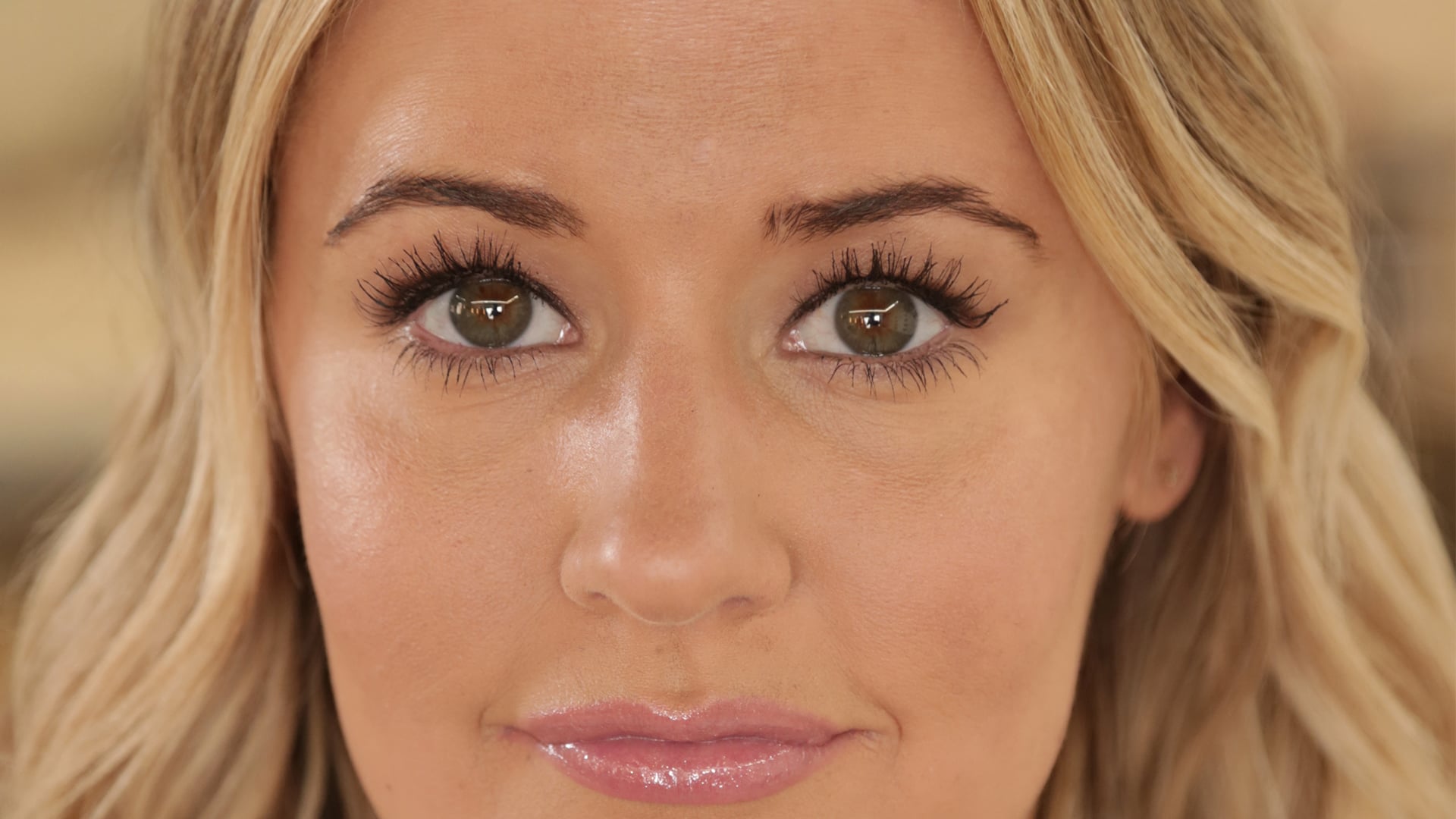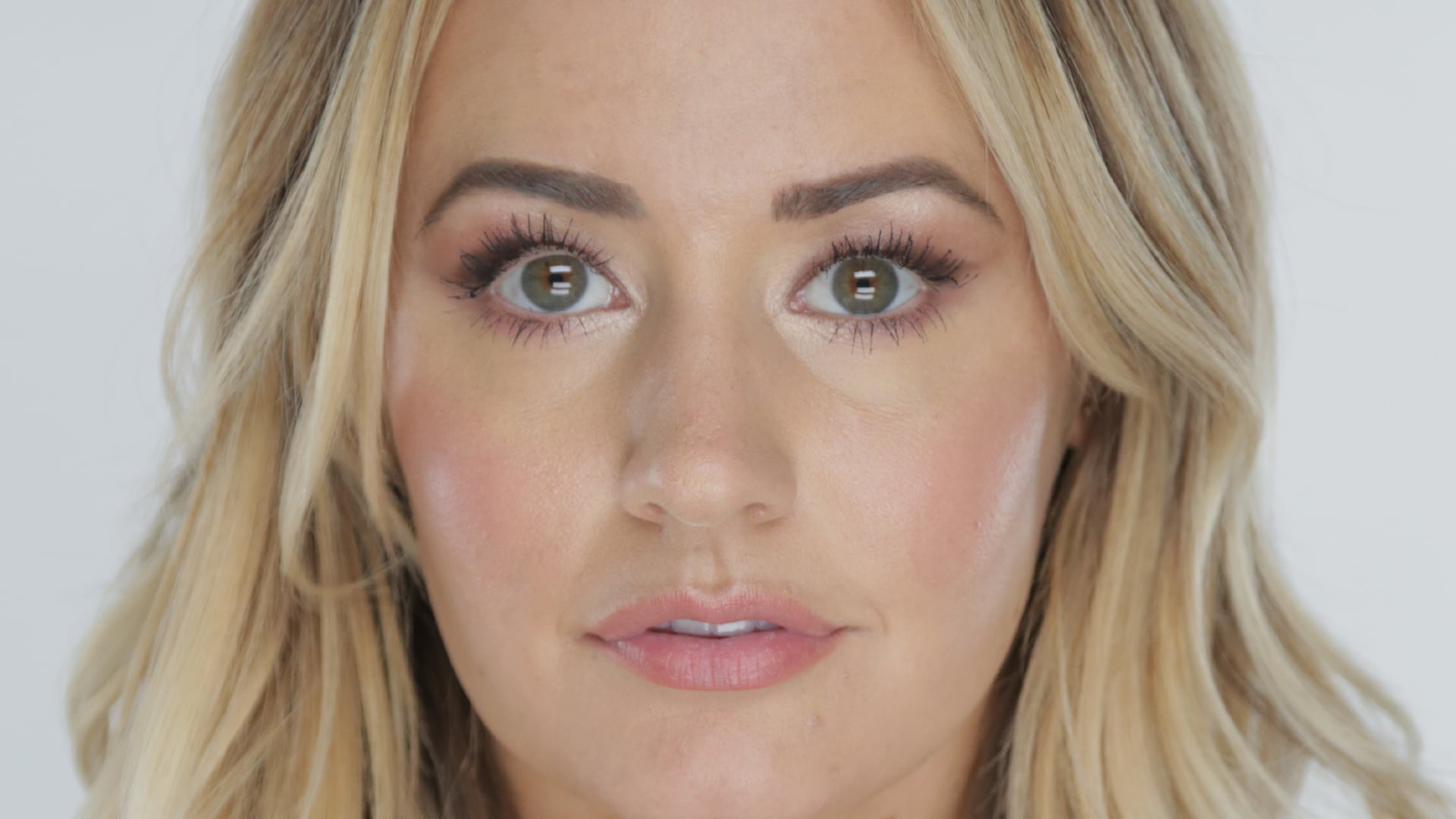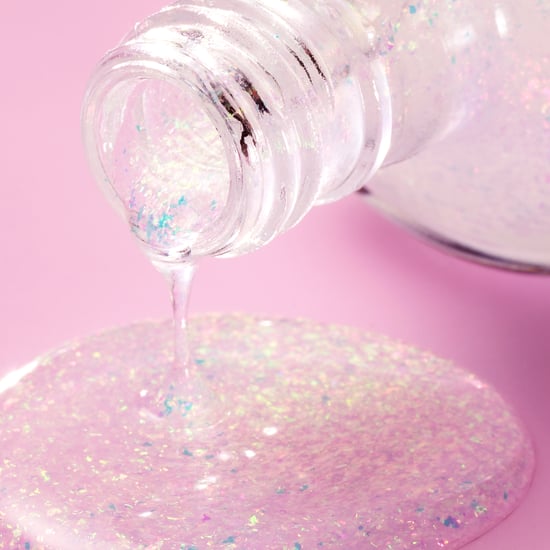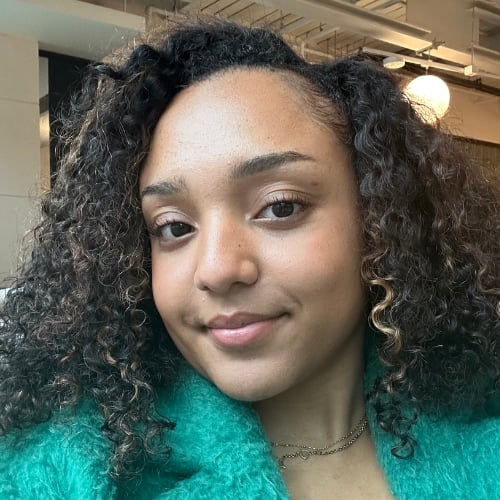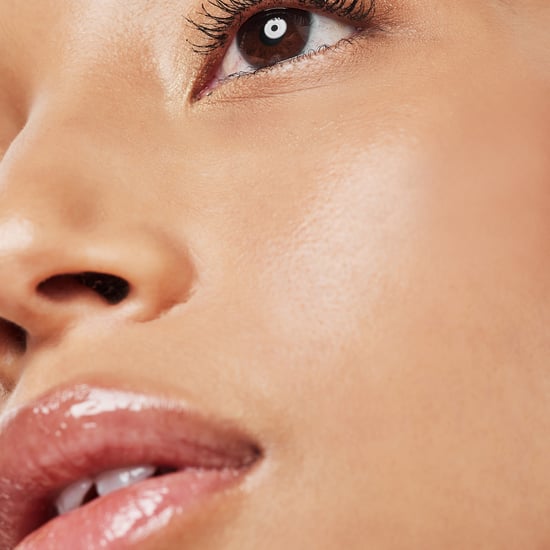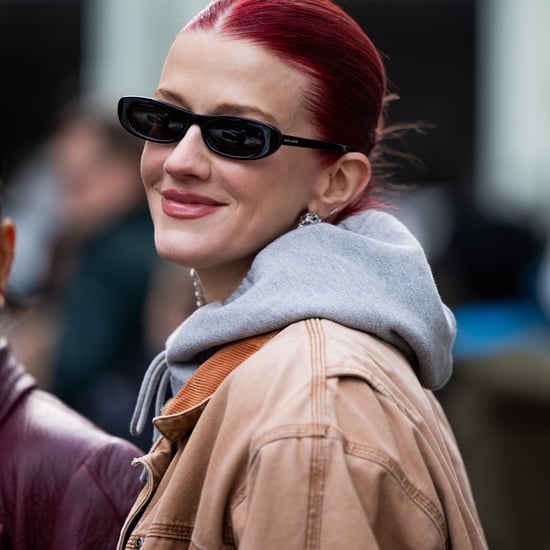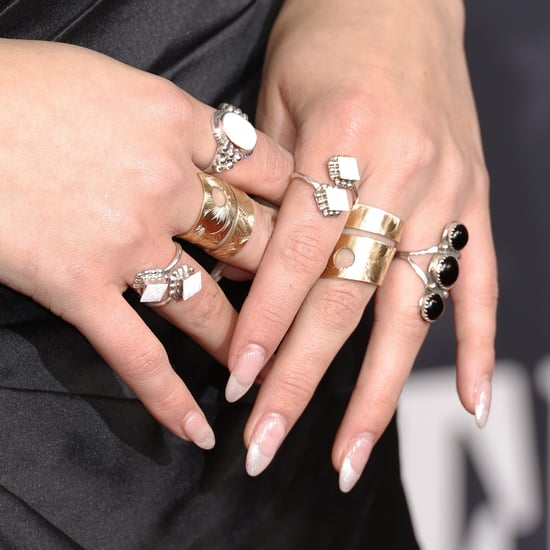Microblading Side Effects and Long Term
6 Things I Wish I'd Known Before Getting Microbladed
Last September, I got microbladed for the sake of journalism. Since the video hit the internet, it's generated millions of views and thousands of comments. The service sounds like a godsend: with a few cuts of a knife, you'll wake up each morning with perfectly coiffed, full, and filled brows.
This is a relatively new service that differs significantly from tattooed makeup of the past: the look emulates actual brow hairs and the colour matches better, too. Instead of a tattoo gun, superficial cuts are created and filled with ink.
This treatment is hands down the one I'm asked most about. How long does it last? What's the cost? Does it hurt? There wasn't much information about the process or the procedure when I had this done in 2016. Here are a few things I wish I'd known ahead of my appointment — things I think will help out anyone looking to get it done themselves.
1. It doesn't hurt, but there's a catch
Any good technician will numb your skin before your procedure after they map out your brows so you're happy. For me, it felt like tiny paper cuts. You can feel the blade, but it's more annoying than painful. The sound was more off-putting than anything. After the numbing cream wears off, your brow area with ache and feel sore. I took an ibuprofen to help with the pain.
2. You can't wash your face properly for a week
After you get your brows done, you can't wash them for a week straight. (Cue the screams.) I know, it's weird — and extremely difficult, especially if you wear makeup. I know what you're thinking. "Don't wear makeup!" That isn't an option, unfortunately, as I have to wear at least a little bit for my work on camera.
I used a foaming face wipes to remove my makeup, and although I'm not the biggest fan of wipes in general, they got the job done. Q-tips were used to remove liner and mascara, and when showering, it's imperative you face away from the shower head — the right way, in my opinion — to wash your hair and body. (Duh.) The point is that your cuts will scab over and fall off, and if they're constantly saturated with water, that will affect the process.
3. It's itchy as hell.
The process is very much like a prison tattoo. (Or at least the ones depicted in movies.) They cut the skin with the blade and fill it with ink and wipe it away. Then the scab sheds, scabs over again, and sheds again. This makes your brows itchy, but you're not allowed to pick off dead skin or itch them, which, as you can guess, can drive a person insane. I spent many of my days patting my brows, similar to patting a weave, and getting concerned looks from my coworkers.
They give you ointment if your brows get too itchy. I used it once. They don't suggest using it regularly because your brows need to be dry to scab. Also, expect your brows to be several shades darker than you expected for the first couple of weeks due to the scabs. After a month, your brows should have shed a few times and will look closer to your natural brow hair shade.
4. The second appointment is nonnegotiable
Microblading is expensive. Costs can start at $800 here in Los Angeles; the most in-demand technicians and salons charge anywhere between $1,500 to $2,000 for one appointment. Usually, though, the cost will include a follow-up appointment about six to eight weeks later, but be sure to ask your technician since it varies everywhere.
It's important to note that you absolutely need the second appointment. It shouldn't be a "follow-up;" it should be the second half of your appointment. The technician will hit any areas they might have missed due to swelling. If you avoid this appointment, you could have scarce areas, and you might not be happy with the final shape of your brows. I suggest booking your second appointment before you leave your first.
5. It improved my morning routine
To be honest, I'm not 100 percent happy with the way my brows look! I do like that my bald spots are gone, but I still fill them in with powder or a pencil. That said, I struggled with my brows prior to getting microbladed and now I spend two minutes or less on them in the morning since the shape is already there, and that's a huge win. It's been a year, and I was told they could last anywhere between a year to three years, depending on my skin type. I'm oily in my T-zone, which means two things: the pigment is there, but they don't look like hair strokes anymore. They've faded slightly, and the strokes have blended together. It doesn't look bad, but it doesn't look as natural.
Overall, it's important that you manage your expectations when it comes to your brows. Know that they won't be 100 percent perfect. If you normally have to tint your brows, chances are you will still have to do so even after getting microbladed.
6. How to find a reputable artist
When I did this, microblading was just becoming a trend. It was not difficult to find a technician because so few people were doing it. I went to Microblading LA because I had seen a few celebrities went there, and I loved the results I had seen on Instagram. Now there are so many people taking courses to become microblading technicians because it's a lucrative business. The thing is, government regulations vary by state when it comes to becoming certified. For example, in Los Angeles, you must complete a three-hour blood-borne pathogens training, be registered with the Los Angeles County Environmental Health-Body Art Program, and have Hep B vaccination status, and then you can sign up for a microblading class at places like Microblading LA. When looking for a trained professional, ask them if they have their public health licence or are registered and have them show you that documentation.
Here's what I'd suggest you do when looking for a microblading artist in your area:
- Get on Yelp and read reviews. A place with more reviews means they've had more experience. Keep that in mind.
- Look up their Instagram. A good artist will show you before and after photos, but be careful. Oftentimes people will steal photos in order to build their clientele.
- Ask for their licence and where they got trained. The most important thing is to make sure they're licenced. If they said they were trained by a certain school, call the school and ask what their requirements are for class. Most schools or academies will require the technician to get their licence ahead of the training. If they don't, that might be a red flag.
Ultimately, all of these things were manageable, and I am happy with my results. I would definitely do it again, having already been through it once. I'm looking into my next touch-up so I can maintain my filled-in brows.
